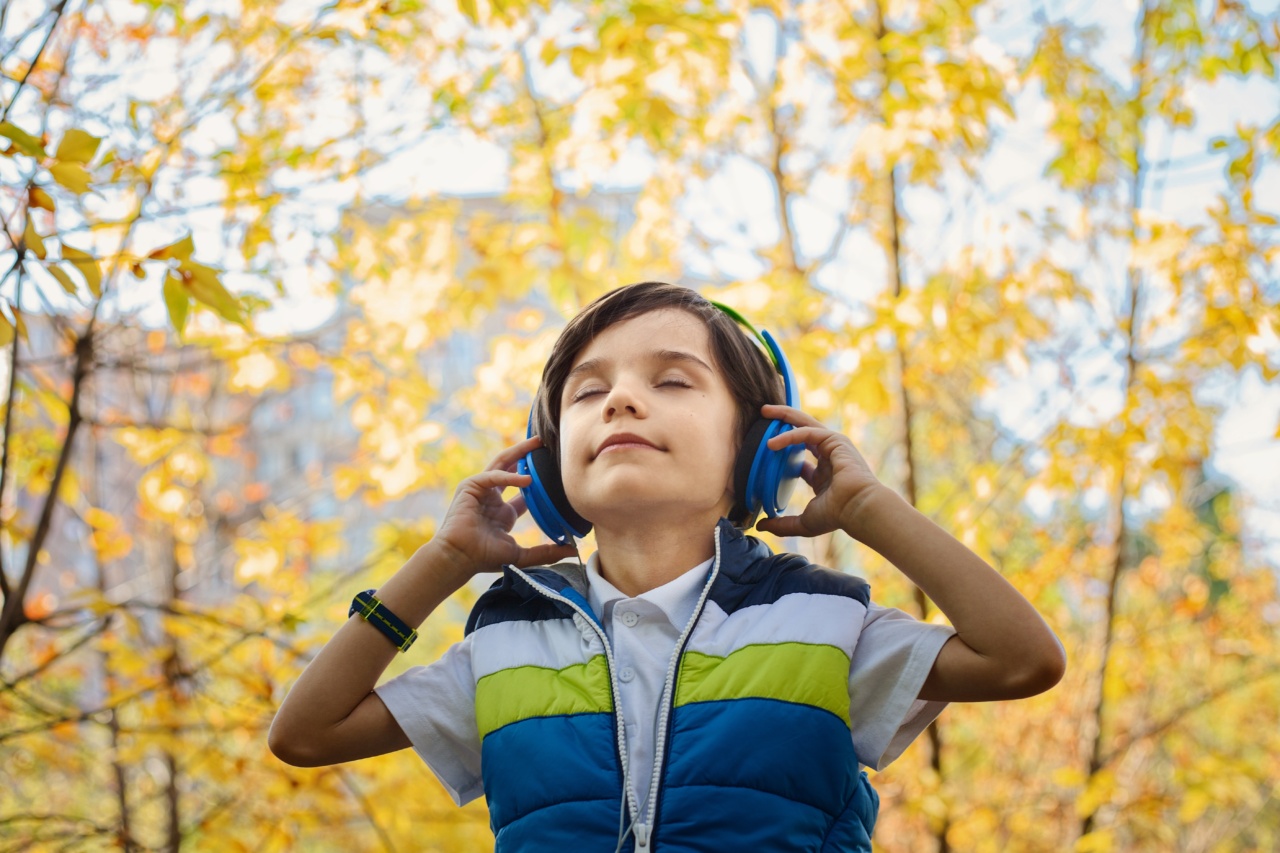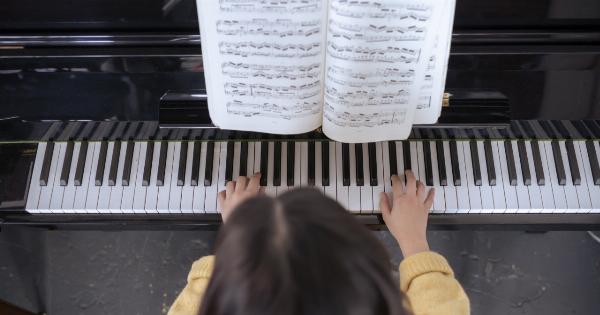In today’s digital era, the prevalence of portable music devices and the widespread availability of streaming platforms have made it easier than ever for young people to enjoy their favorite tunes.
However, this seemingly harmless form of entertainment can have detrimental effects on their hearing health. According to recent studies, approximately 1 in 8 youth are experiencing hearing difficulties as a result of prolonged exposure to loud music.
The Rise of Portable Music Devices
The emergence of portable music devices, such as smartphones, iPods, and MP3 players, has revolutionized the way we listen to music.
These compact gadgets allow individuals to carry their entire music library in their pockets, offering easy access to a vast array of songs anytime, anywhere. However, this convenience comes at a cost.
Numerous studies have shown a link between excessive headphone use and hearing loss.
The World Health Organization (WHO) estimates that over 1 billion young people worldwide are at risk of hearing loss due to recreational exposure to loud sounds, including music. The unrestricted use of portable music devices, combined with the increasing popularity of live concerts and music festivals, has contributed to this alarming statistic.
The Dangers of Prolonged Exposure to Loud Music
Hearing loss incurred by excessive noise exposure is predominantly caused by the irreversible damage to tiny hair cells within the inner ear.
These delicate hair cells are responsible for converting sound waves into electrical signals that the brain can interpret. Once damaged, they do not regenerate.
Listening to loud music for an extended period can exceed the safe decibel levels recommended by experts, leading to permanent hearing damage.
Symptoms of early-stage hearing loss may include muffled sounds, difficulty understanding speech in noisy environments, and trouble distinguishing high-pitched tones. As the condition progresses, individuals may experience tinnitus (persistent ringing in the ears) or struggle to communicate effectively, ultimately impacting their overall quality of life.
Preventive Measures for Healthy Hearing
While it may be tempting to crank up the volume and immerse yourself in your favorite songs, taking preventive measures can significantly reduce the risk of hearing difficulties in your youth. Here are some helpful tips:.
1. Mind the Volume
Ensure that the volume on your portable music device is set to a safe level. As a general rule, the recommended safe listening level is around 60% of the maximum volume.
It is also essential to take regular breaks while listening to allow your ears to rest and recover.
2. Invest in Noise-Canceling Headphones
Noise-canceling headphones can help block out external sounds, allowing you to listen to music at a lower volume without background distractions.
By reducing the need to turn up the volume to compensate for surrounding noise, you can enjoy your music safely and protect your hearing.
3. Limit Exposure to Loud Environments
Avoid prolonged exposure to excessively loud environments, such as music concerts or nightclubs.
If you do find yourself in such situations, consider using earplugs specifically designed to attenuate harmful noise levels while still allowing you to enjoy the music.
4. Educate Yourself and Others
Spread awareness about the dangers of excessive noise exposure to your friends, family, and peers.
By educating others about the importance of protecting their hearing, you can collectively work towards creating a culture that values healthy listening practices.
5. Get Regular Hearing Check-ups
Regular hearing check-ups are crucial, especially if you frequently expose yourself to loud music.
These assessments can detect early signs of hearing loss and allow for timely intervention, helping to mitigate the damage and preserve your hearing health.
The Role of Technology in Hearing Conservation
While technology may be a significant contributor to hearing difficulties among youth, it can also play a role in hearing conservation.
Many portable music devices now come equipped with features to limit volume levels or provide warnings when they exceed safe levels. Additionally, smartphone applications are available that can measure the decibel levels in your environment, helping you make informed decisions about protecting your hearing.
Conclusion
Music is an essential part of life for many young people, but it is crucial to prioritize one’s hearing health.
With approximately 1 in 8 youth experiencing hearing difficulties due to their prolonged exposure to loud music, it is essential to take preventive measures. By being mindful of volume levels, investing in noise-canceling headphones, limiting exposure to loud environments, educating others, and getting regular hearing check-ups, one can enjoy music while safeguarding their hearing for years to come.






























